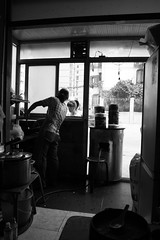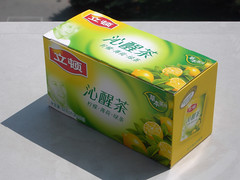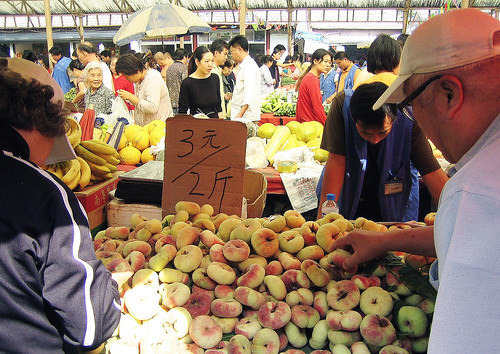This photo of Chinese cabbage soup (by avlxyz) really caught my attention.

This soup looks to be made of delicious pork chunks and Chinese cabbage (known as Baicai in Chinese) leaves. I can almost taste it! Chinese cabbage appears in many Chinese soups (and noodle soup) and for some reason it works extremely well. It tastes wonderful and is great for your health.
One of the things that really struck me when I moved to China was that most Chinese food is not only delicious, it’s also quite healthy, with fresh ingredients, lots of vegetables, etc. We should have more of this sort of food in the West, as the diet of the average Westerner has slowly declined into something not so healthy!
I do know of a really good cabbage soup diet – the cabbage soup in the photo is a little different from the diet cabbage soup, but I think that this one of the reasons that most Chinese people are so slim. I’m sure there are other factors in play, but diet is probably the single most important factor.


 photo by
photo by  photo by
photo by 